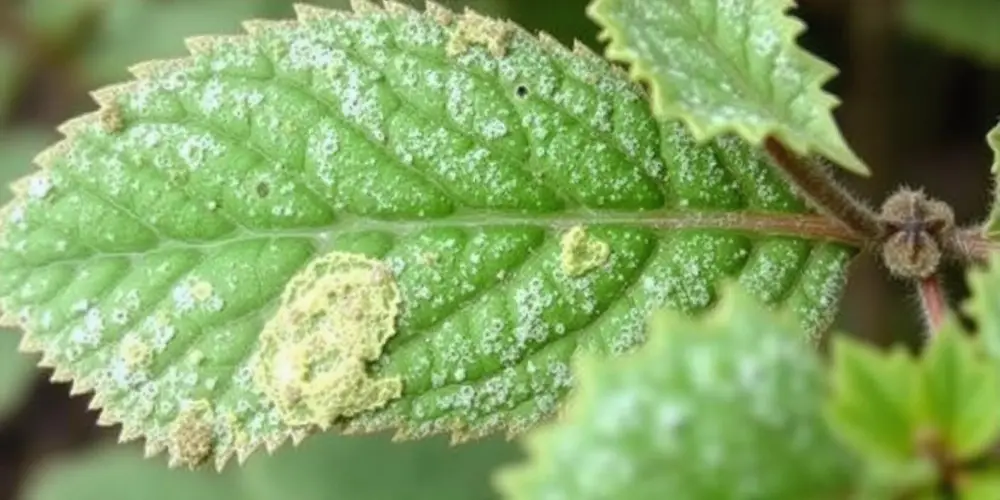

Imagine strolling through your garden, only to discover that your once-vibrant plants have been overtaken by a ghostly, grayish fuzz. Downy mildew has stealthily invaded, transforming your lush haven into a patchwork of distress. It doesn’t announce its arrival with a dramatic flourish; instead, it sneaks in quietly, leaving behind a trail of wilted leaves and lackluster growth. But don’t let this quiet menace steal the show. With a few savvy tactics and a proactive approach, you can turn the tables and keep downy mildew from getting the upper hand. Ready to arm yourself with the knowledge to outsmart this garden villain? Let’s dive into the strategies that will keep your garden flourishing and mildew-free.
Downy mildew rarely makes a dramatic entrance. Instead, it starts with small, almost unnoticeable symptoms. You might spot faint yellow blotches on the leaves or a delicate, fuzzy layer creeping along the undersides of foliage. If your plants seem to be lagging in growth, that’s another sign to watch out for. The earlier you catch these clues, the better your chances of stopping mildew from spreading. Paying attention to these subtle hints allows you to act quickly, keeping your garden one step ahead of the disease.
When it comes to battling downy mildew, not every plant is up to the task. Some varieties naturally resist mildew’s advances, making them your best allies in the garden. When selecting seeds or seedlings, opt for those with built-in resistance to downy mildew. These resilient plants can significantly reduce your chances of an outbreak, allowing you to enjoy a healthier, more robust garden with less effort.
A garden packed with tightly spaced plants creates a perfect environment for downy mildew to spread. Give your plants the space they need to thrive by ensuring proper spacing and performing regular pruning. This simple adjustment promotes better airflow, which helps dry out the damp, shady spots where mildew likes to settle. By enhancing airflow, you not only make it harder for mildew to take hold but also create a more vigorous growing environment for your plants.
Downy mildew revels in moisture, so how you manage watering can make a big difference. Opt for early morning watering sessions. This approach allows the sun’s warmth to gently dry out any excess moisture before mildew can settle in. Consider using drip irrigation or soaker hoses—these tools deliver water directly to the roots, minimizing moisture on the leaves and reducing mildew’s chances to establish itself. By focusing your watering efforts where they’re most needed, you maintain plant health while keeping mildew at bay.
Mildew has a soft spot for cool, damp conditions. Your garden’s vulnerability increases during rainy spells or high humidity. Stay ahead of the game by monitoring weather forecasts closely. When conditions become ideal for mildew, ramp up your preventative measures. A proactive approach during these times can be the key to shielding your plants from a mildew takeover. By adapting your strategies based on the weather, you help maintain a healthier garden environment.
Sometimes, nature offers its own remedies. Organic fungicides made from neem oil or copper can effectively combat mildew without resorting to harsh chemicals. If you’re a fan of DIY solutions, a simple concoction of baking soda and water can work wonders as a mildew-fighting spray. These natural allies help you manage mildew issues while keeping your garden free from synthetic treatments, proving that you don’t need industrial solutions to maintain a healthy garden.
Replanting the same crops in the same spot year after year creates the perfect conditions for mildew to take hold. Combat this by rotating your crops regularly. This classic gardening technique disrupts mildew’s cycle, allowing the soil to recover and reducing the chances of mildew becoming a persistent problem. Crop rotation not only helps in managing mildew but also promotes overall soil health, making it an indispensable practice for any savvy gardener.